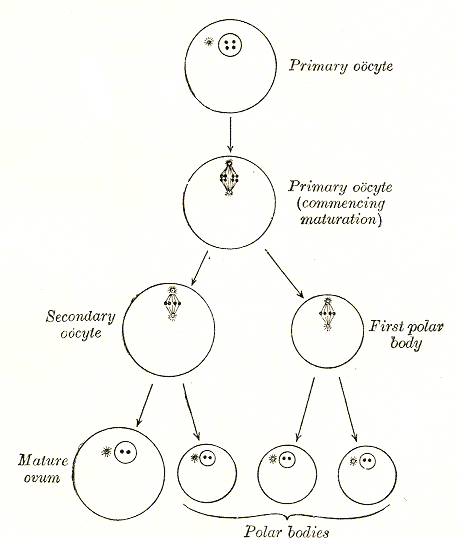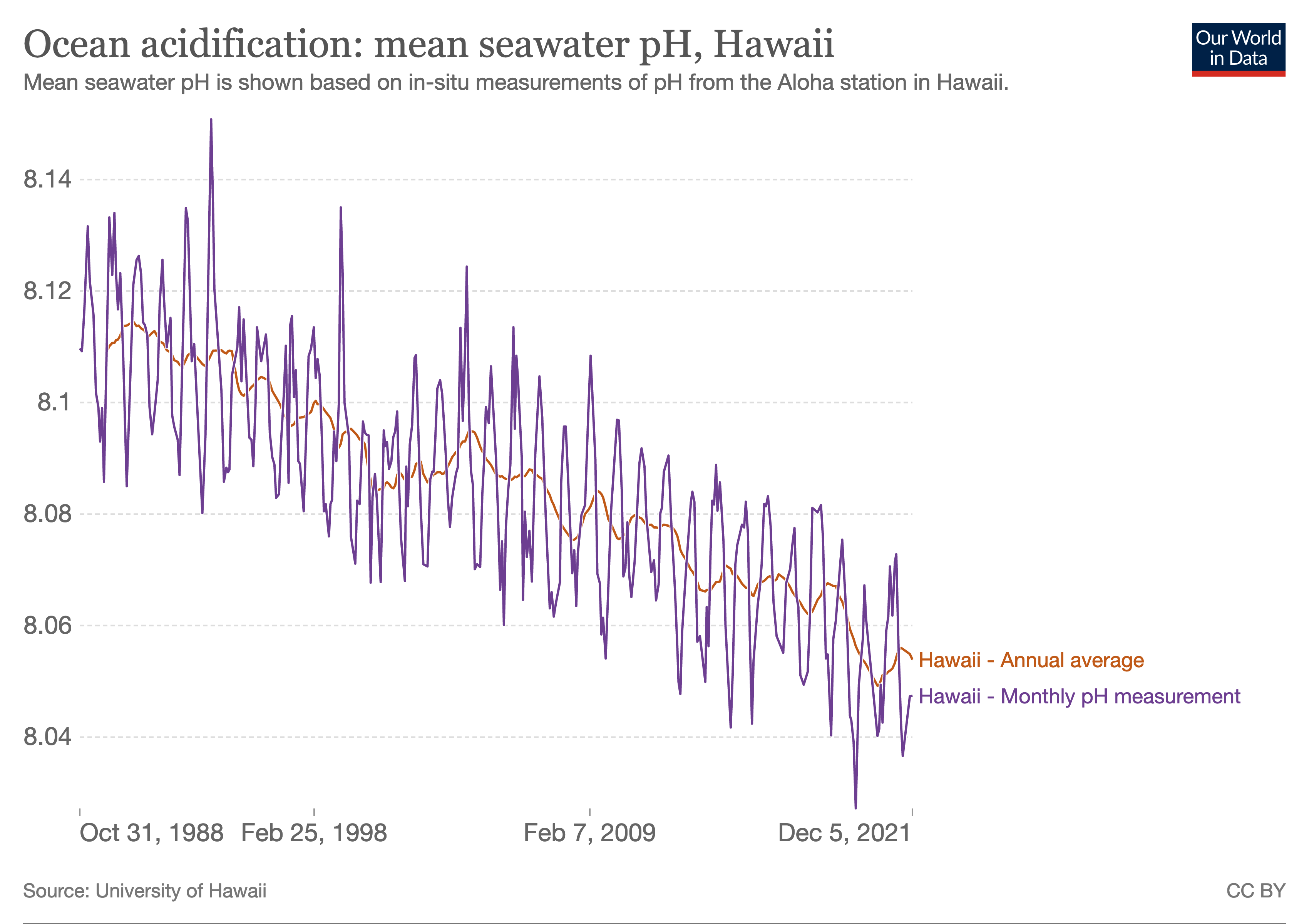|
Egg Jelly
Egg jelly (extracellular layer'', ''jelly coat) is a gelatinous layer that surrounds the oocytes of many organisms and releases species-specific chemoattractants that activate and guide sperm to the oocyte. The release of chemoattractants is species dependent. For example, sperm in ''Lytechinus variegatus'', the green sea urchin, are not chemotactically attracted to the jelly or the egg. The egg jelly is located immediately surrounding the vitelline envelope and consists primarily of a network of short peptides and sulfated fucan glycoproteins. These short peptides diffuse into the surrounding area and stimulate respiration and movement of the sperm to the egg. An example of such a peptide is resact, which has been studied as the primary means of attracting and orientating sperm to the eggs in sea urchins. The sulfated fucan glycoproteins play an important role in binding to sperm receptors and triggering the acrosomal reaction. Many other functions for the egg jelly have been pr ... [...More Info...] [...Related Items...] OR: [Wikipedia] [Google] [Baidu] |
Oocyte
An oocyte (, oöcyte, or ovocyte) is a female gametocyte or germ cell involved in reproduction. In other words, it is an immature ovum, or egg cell. An oocyte is produced in a female fetus in the ovary during female gametogenesis. The female germ cells produce a primordial germ cell (PGC), which then undergoes mitosis, forming oogonia. During oogenesis, the oogonia become primary oocytes. An oocyte is a form of genetic material that can be collected for cryoconservation. Formation The formation of an oocyte is called oocytogenesis, which is a part of oogenesis. Oogenesis results in the formation of both primary oocytes during fetal period, and of secondary oocytes after it as part of ovulation. Characteristics Cytoplasm Oocytes are rich in cytoplasm, which contains yolk granules to nourish the cell early in development. Nucleus During the primary oocyte stage of oogenesis, the nucleus is called a germinal vesicle. The only normal human type of secondary oocyte has the ... [...More Info...] [...Related Items...] OR: [Wikipedia] [Google] [Baidu] |
Chemotaxis
Chemotaxis (from ''chemical substance, chemo-'' + ''taxis'') is the movement of an organism or entity in response to a chemical stimulus. Somatic cells, bacteria, and other single-cell organism, single-cell or multicellular organisms direct their movements according to certain chemicals in their environment. This is important for bacteria to find food (e.g., glucose) by swimming toward the highest concentration of food molecules, or to flee from poisons (e.g., phenol). In multicellular organisms, chemotaxis is critical to early development (e.g., movement of sperm towards the egg during fertilization) and development (e.g., migration of neurons or lymphocytes) as well as in normal function and health (e.g., migration of White blood cell, leukocytes during injury or infection). In addition, it has been recognized that mechanisms that allow chemotaxis in animals can be subverted during cancer metastasis, and the aberrant change of the overall property of these networks, which contro ... [...More Info...] [...Related Items...] OR: [Wikipedia] [Google] [Baidu] |
Sperm Chemotaxis
Sperm chemotaxis is a form of sperm guidance, in which sperm cells (spermatozoa) follow a concentration gradient of a chemoattractant secreted from the oocyte and thereby reach the oocyte. Background Since the discovery of sperm attraction to the female gametes in ferns over a century ago, sperm guidance in the form of sperm chemotaxis has been established in a large variety of speciesMiller, R.L. (1985) ''Sperm chemo-orientation in the metazoa''. In: ''Biology of Fertilization'' (Metz, C.B. and Monroy, A., eds.), pp. 275–337. Academic Press, New York. Although sperm chemotaxis is prevalent throughout the Metazoa kingdom, from marine species with external fertilization such as sea urchins and corals, to humans,Cosson, M.P. (1990) ''Sperm chemotaxis''. In: ''Controls of Sperm Motility: Biological and Clinical Aspects'' (Gagnon, C., ed.) pp. 103–135. CRC Press, Boca Raton, FL.Eisenbach, M. and Tur-Kaspa, I. (1994) ''Human sperm chemotaxis is not enigmatic anymore''. Fertil. Steri ... [...More Info...] [...Related Items...] OR: [Wikipedia] [Google] [Baidu] |
Lytechinus Variegatus
''Lytechinus variegatus'', commonly called the green sea urchin or the variegated sea urchin, is a species of sea urchin that can be found in the warm waters of the western Atlantic Ocean and Caribbean Sea. Subspecies There are four subspecies: Description The green sea urchin has a globular test (shell) densely covered in spines and can reach a diameter of around . The test may be purple, green or dull red, blotched with white. The majority of the spines are short but there are a few longer primary spines. The spines vary in colour, sometimes being one colour at the base and a different colour at the tip. Green test with green spines or green test with white spines are the most common combinations found in the Caribbean. In between the spines are pedicellaria, pincer like structures. These are white which distinguishes the green sea urchin from the rather similar '' Lytechinus williamsi'' which has purple pedicellaria. Online Model Organism Database Echinobase is the mod ... [...More Info...] [...Related Items...] OR: [Wikipedia] [Google] [Baidu] |
Vitelline Membrane
The vitelline membrane or vitelline envelope is a structure surrounding the outer surface of the plasma membrane of an ovum (the oolemma) or, in some animals (e.g., birds), the extracellular yolk and the oolemma. It is composed mostly of protein fibers, with protein receptors needed for sperm binding which, in turn, are bound to sperm plasma membrane receptors. The species-specificity between these receptors contributes to prevention of breeding between different species. It is called zona pellucida in mammals. Between the vitelline membrane and the oolemma (ovum cell membrane) is a fluid-filled perivitelline space. As soon as the spermatozoon fuses with the ovum, signal transduction occurs, resulting in an increase of cytoplasmic calcium ions. This itself triggers the cortical reaction, which results in depositing several substances onto the vitelline membrane through exocytosis of the cortical granules, transforming it into a hard layer called the “fertilization membrane ... [...More Info...] [...Related Items...] OR: [Wikipedia] [Google] [Baidu] |
Acrosomal Reaction
The acrosome is an organelle that develops over the anterior (front) half of the head in the spermatozoa (sperm cells) of humans and many other animals. It is a cap-like structure derived from the Golgi apparatus. In placental mammals, the acrosome contains degradative enzymes (including hyaluronidase and acrosin). These enzymes break down the outer membrane of the ovum, called the zona pellucida, allowing the haploid nucleus in the sperm cell to join with the haploid nucleus in the ovum. This shedding of the acrosome, known as the acrosome reaction, can be stimulated ''in vitro'' by substances that a sperm cell may encounter naturally, such as progesterone or follicular fluid, as well as the more commonly used calcium ionophore A23187. This can be done to serve as a positive control when assessing the acrosome reaction of a sperm sample by flow cytometry or fluorescence microscopy. This is usually done after staining with a fluoresceinated lectin such as FITC-PNA, FITC-PSA, FITC ... [...More Info...] [...Related Items...] OR: [Wikipedia] [Google] [Baidu] |
Polyspermy
In biology, polyspermy describes the Fertilisation, fertilization of an Ovum, egg by more than one Spermatozoon, sperm. Ploidy, Diploid organisms normally contain two copies of each chromosome, one from each parent. The cell resulting from polyspermy, on the other hand, contains three or more copies of each chromosome—one from the egg and one each from multiple sperm. Usually, the result is an unviable zygote. This may occur because sperm are too efficient at reaching and fertilizing eggs due to the selective pressures of sperm competition. Such a situation is often deleterious to the female: in other words, the male–male competition among sperm spills over to create sexual conflict. Pathological polyspermy and the blocks In the classical case (at least from the historical human perspective), monospermic fertilization is the norm. For monospermic organisms, polyspermy is a detrimental process where eggs are incorrectly fertilized. It causes the formation of multiple microtubule ... [...More Info...] [...Related Items...] OR: [Wikipedia] [Google] [Baidu] |
Albanian Water Frog
The Albanian water frog (''Pelophylax shqipericus'') is a species of true frog (family Ranidae) and is native to Albania and Montenegro. As its common name suggests, it prefers aquatic environments. The Albanian water frog is an endangered species and known populations are currently in decline. Significant threats to its habitat are presented by pollution and by drainage of wetlands, and a more direct threat is the aggressive collection of the species for commercial purposes. The frogs are medium-sized and males sometimes bear a distinctive bright green stripe down the length of the backbone. Otherwise males are green to light brown in overall colouring with large black or dark brown spots. Females are olive green or light brown in colour and also bear brown or black large spots. As befits a species that prefers wetland habitats, the webbing on the feet extends to the tips of the toes. Taxonomy ''Pelophylax shqipericus'' was first described in 1987 under the name ''Rana shq ... [...More Info...] [...Related Items...] OR: [Wikipedia] [Google] [Baidu] |
Ocean Acidification
Ocean acidification is the ongoing decrease in the pH of the Earth's ocean. Between 1950 and 2020, the average pH of the ocean surface fell from approximately 8.15 to 8.05. Carbon dioxide emissions from human activities are the primary cause of ocean acidification, with Carbon dioxide in Earth's atmosphere, atmospheric carbon dioxide () levels exceeding 422 ppm (). from the atmosphere is absorbed by the oceans. This chemical reaction produces carbonic acid () which dissociates into a bicarbonate ion () and a hydrogen ion (). The presence of free hydrogen ions () lowers the pH of the ocean, increasing acidity (this does not mean that seawater is acidic yet; it is still alkaline, with a pH higher than 8). Marine biogenic calcification, Marine calcifying organisms, such as Mollusca, mollusks and corals, are especially vulnerable because they rely on calcium carbonate to build shells and skeletons. A change in pH by 0.1 represents a 26% increase in hydrogen ion concentration in the ... [...More Info...] [...Related Items...] OR: [Wikipedia] [Google] [Baidu] |
Sperm Guidance
Sperm guidance is the process by which sperm cells ( spermatozoa) are directed to the oocyte (egg) for the aim of fertilization. In the case of marine invertebrates the guidance is done by chemotaxis. In the case of mammals, it appears to be done by chemotaxis, thermotaxis and rheotaxis. Background Since the discovery of sperm attraction to the female gametes in ferns over a century ago, sperm guidance in the form of sperm chemotaxis has been established in a large variety of speciesMiller, R.L. (1985) ''Sperm chemo-orientation in the metazoa''. In: ''Biology of Fertilization'' (Metz, C.B. and Monroy, A., eds.), pp. 275–337. Academic Press, New York. Although sperm chemotaxis is prevalent throughout the Metazoa kingdom, from marine species with external fertilization such as sea urchins and corals, to humans,Cosson, M.P. (1990) ''Sperm chemotaxis''. In: ''Controls of Sperm Motility: Biological and Clinical Aspects'' (Gagnon, C., ed.) pp. 103–135. CRC Press, Boca Rato ... [...More Info...] [...Related Items...] OR: [Wikipedia] [Google] [Baidu] |
Acrosome Reaction
For fertilization to happen between a sperm and egg cell, a sperm must first fuse with the plasma membrane and then penetrate the female egg cell to fertilize it. While the fusion of the sperm cell with the egg cell's plasma membrane is relatively straightforward, penetrating the egg's protective layers, such as the zona pellucida, presents a significant challenge. Therefore, sperm cells go through a process known as the acrosome reaction, which is the reaction that occurs in the acrosome of the sperm as it approaches the egg. The acrosome is a membrane-bound organelle of Golgi apparatus origin, commonly located at the tip of the head of the mature spermatozoon, which contains a variety of enzymes and antigens required for fertilization. It was once called "apical body" because of its location, or "perforatorium" on the assumption that it might assist the spermatozoon boring into the egg. As the sperm approaches the zona pellucida of the egg, which is necessary for initiating t ... [...More Info...] [...Related Items...] OR: [Wikipedia] [Google] [Baidu] |




